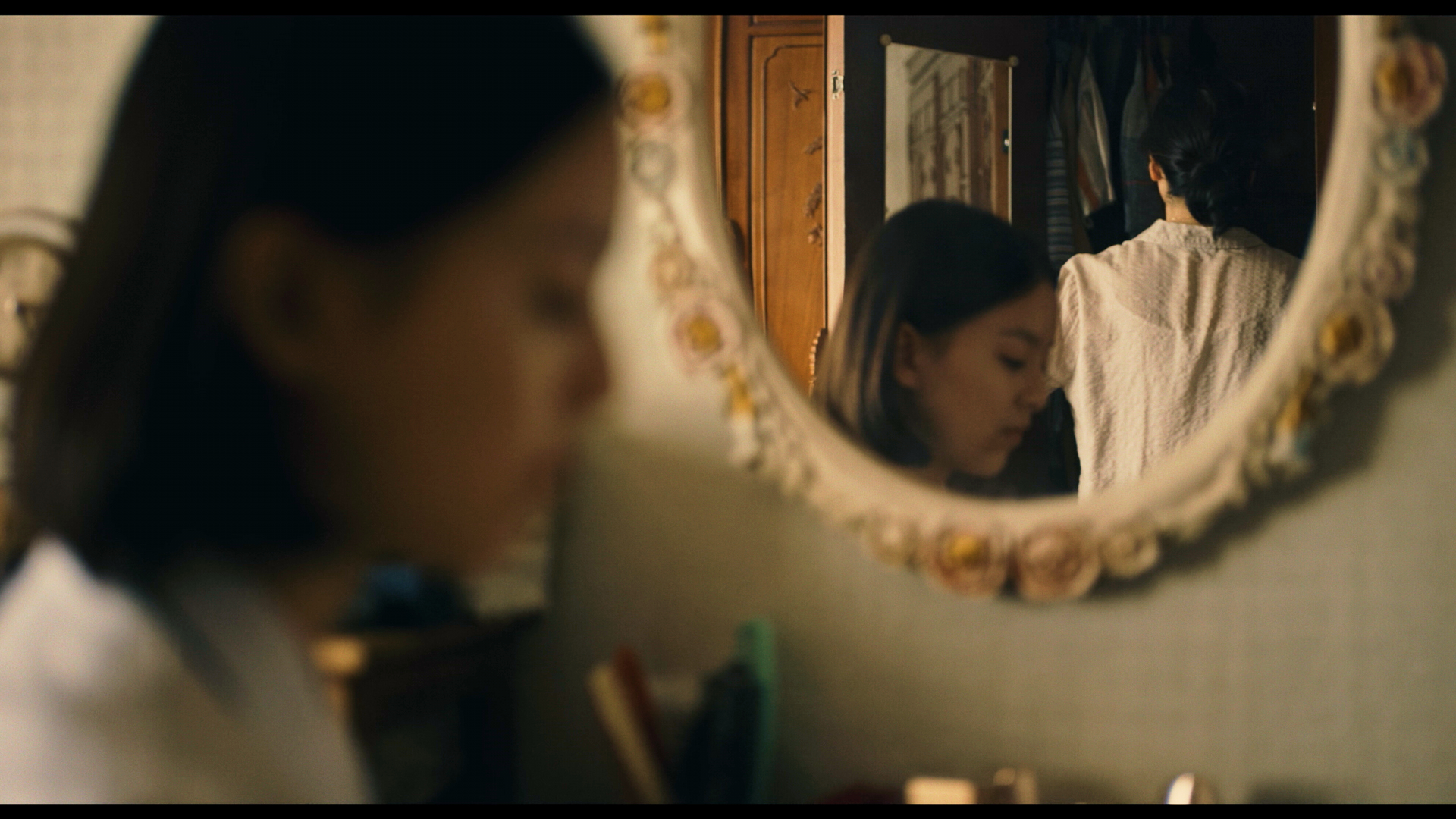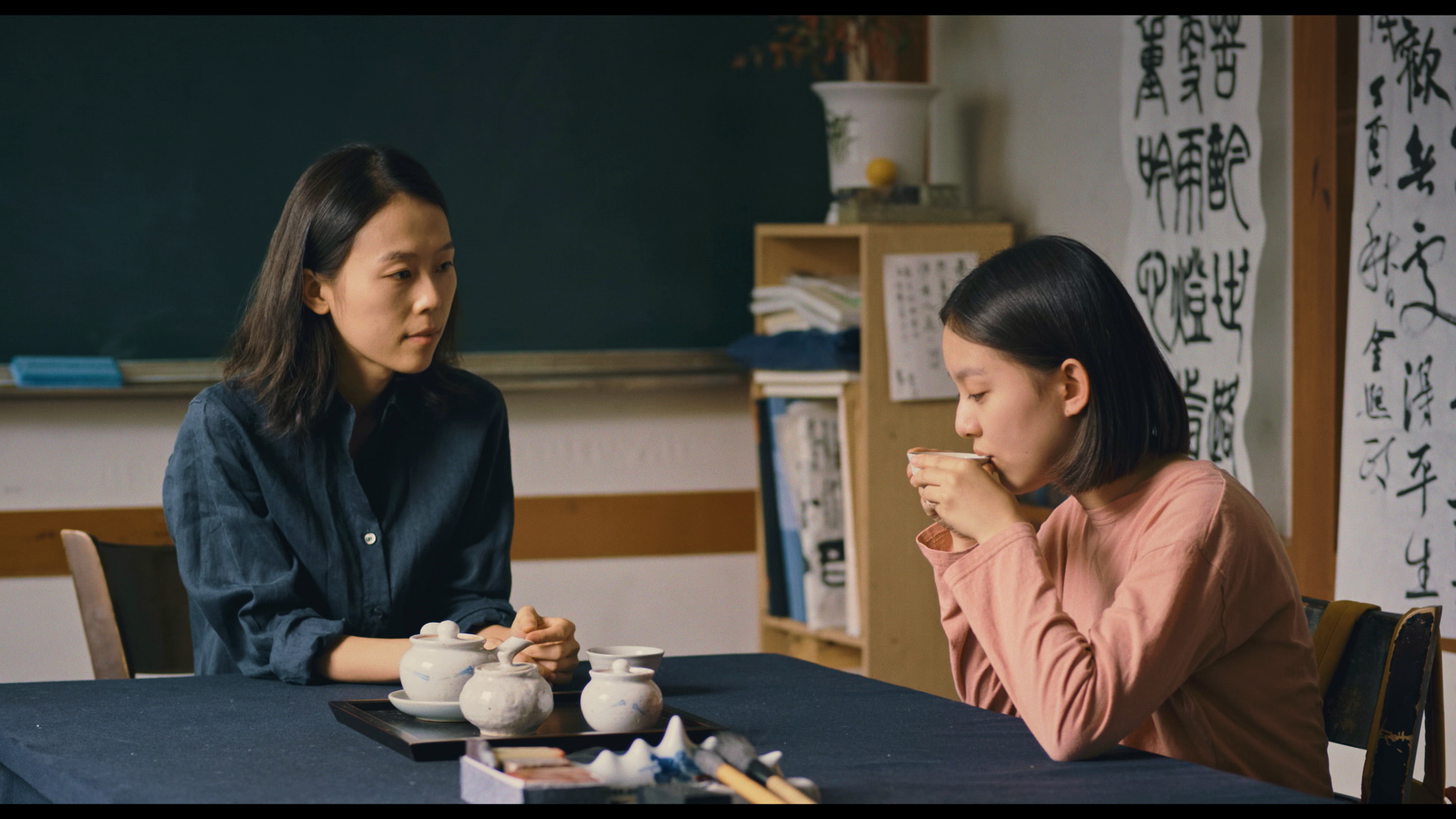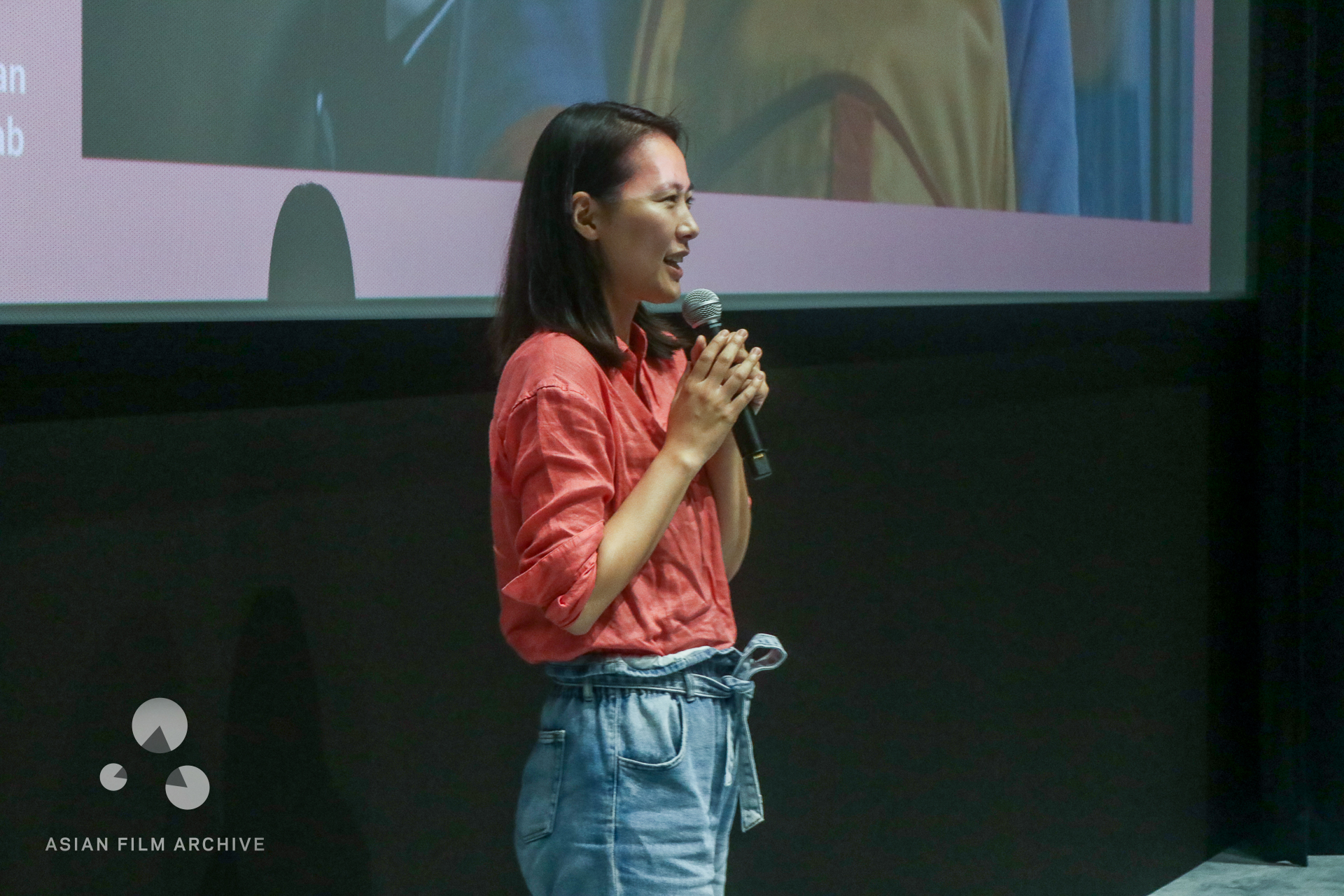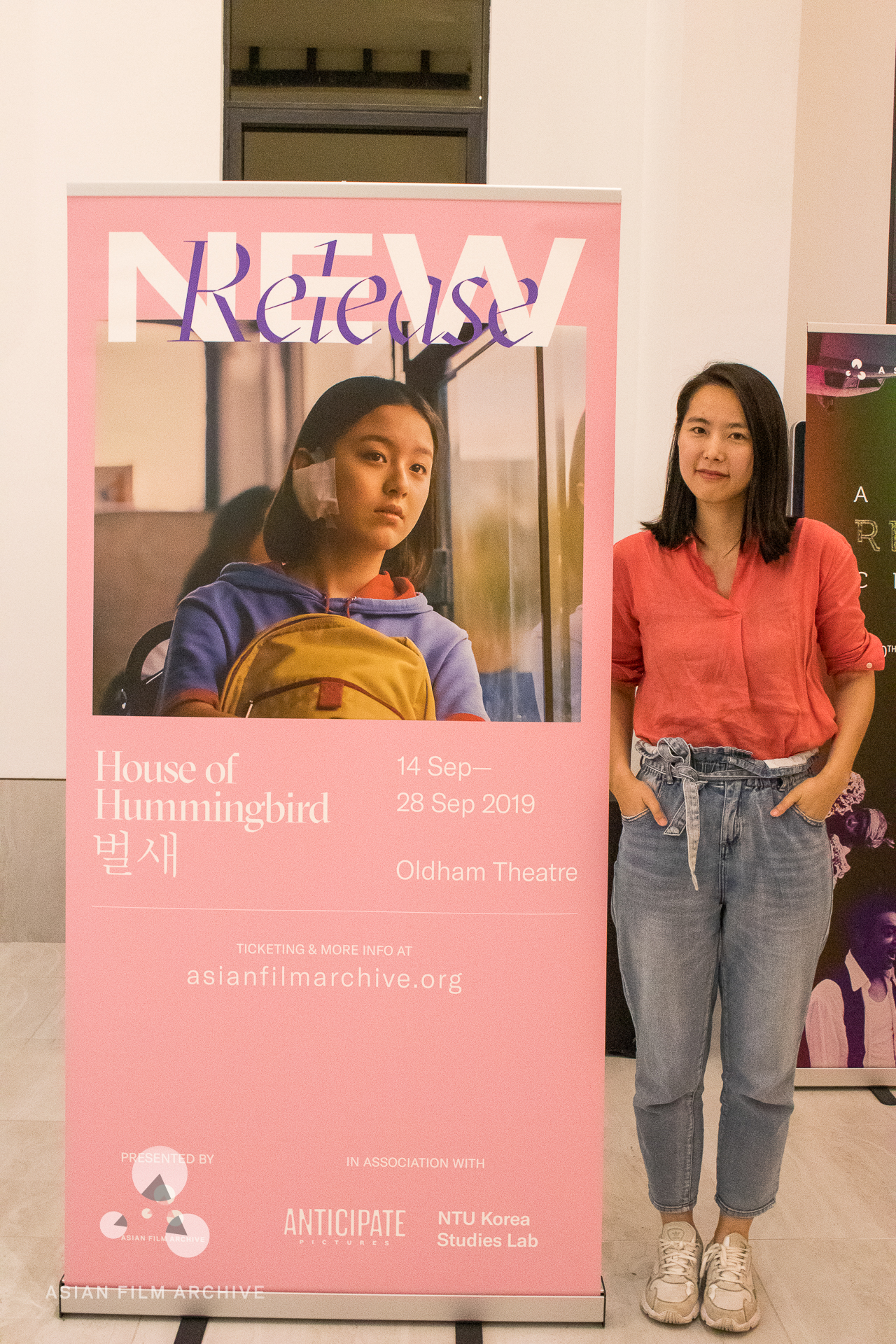As I watched House of Hummingbird (벌새), I was reminded of a quote from Murakami’s Norwegian Wood — Death exists – in a paperweight, in four red and white balls on a pool table – and we go on living and breathing it into our lungs like fine dust. ‘Death’ is a lingering motif interspersed throughout Kim Bora’s debut film, which is unexpected (to say the least) for a coming-of-age story set in 1990s Korea. The film, which debuted in the 23rd Busan International Film Festival alongside other Korean indie films like Beautiful Days and Burning (both of which are great films as well), went on for a film festival world tour.

Told through the lens of fourteen-year-old Eunhee (Park Ji Hu), House of Hummingbird is a poignant journey that illustrates what it means to be human. Take for example, Eunhee’s dysfunctional middle-class family. Her parents work tirelessly making rice cakes, selfishly imposing their dreams of a better life on their children. Her brother is seemingly the prodigal child, while her sister is more interested in playing hooky than actually going to school. Each member of the family beats on, boats against the current, unconsciously taking out their frustrations on each other.

Meanwhile, Eunhee navigates the kind of complexities a fourteen year old would naturally have – betrayal, first love, sexuality, amongst others. She quickly takes a liking to her enigmatic, oolong-loving Chinese tutor, Youngji (Kim Sae Byuk), and an unlikely friendship between the two blossoms. Yet, even this friendship is a tale with no happy ending. In the midst of their lives, all their stories revolve around death. In one scene, Eunhee even tells her best friend she’s contemplating killing herself to see if her family really cares.

As depressing as it sounds, Kim Bora turns death on its head and uses it to tie the main characters together. Death, and near-death, serves as catharsis to the various struggling characters and even offers them a new outlook on life. And rightly so. The Columbia University graduate said that directing this was a form of therapy for her and a means of making peace with herself. Every aspect of the film borrows an aspect from her own life, right down to the books she features (The Red and The Black by Stendhal, and Knulp by Hermann Hesse). As the filmmaker fondly recalls, discovering Stendhal made her realise that all the chitter-chatter in her mind was completely normal. Just as Tolstoy said: happiness is an allegory, unhappiness a story; and Kim Bora’s is nothing short of phenomenal.

Before we talk about the movie, I’d like to talk about you. What made you decide to get into film?
I was an undergraduate, and then subsequently a graduate, in film making. After graduation, I taught cinema in universities and wrote my own scripts on the side. To be honest, I wasn’t sure about it at first [pursuing film as a career] as you don’t see many female directors succeeding.
What inspired you to do a coming-of-age film as your debut film?
I wanted to produce something that would resonate strongly with the audience. When we showed it to the Korean audience, they said it was a good mix of both the personal and political aspects of that era.
Why did you choose to set the film in 1994 and feature the Seongsu Bridge collapse as a key element?
The bridge collapse was a sort of shared trauma between Koreans. If you were growing up in that time, the incident was sure to have affected you in some way. It also serves as a parallel to Eunhee’s life, because just like how the bridge collapsed, her own life was collapsing around her in the form of her relationships with people.
I think the incident also served as a wake-up call to us. Back then, in our rush to become a developed country we forgot about safety.
The main character is bisexual, was there any message you wanted to send with that?
I think Eunhee is a very liberal character. I think there’s nothing wrong it [bisexuality] and just wanted to depict it as a very natural way of life.
What can audience take away from the film?
I hope viewers can think about their adolescence and the pains of growing, as well as the meaning of human beings and their own sense of love and loss in relation to the film.
Your film debuted at the 23rd Busan International Film Festival. Were you expecting it to be this well received?
We were honestly too busy and I was still doing the finishing touches like VFX up until four to five days before the premiere! There was no expectations, although we had an idea that people would like it because of all the funding we got.
Have you seen any of the other films from Busan International Film Festival?
I was so busy I didn’t really get to see the other films, but I do recommend a High Life by Claire Denis.
What other films served as inspiration for this film?
Edward Young’s Yi Yi ( 一 一) was a big inspiration because of how it explores various aspects of life in Taipei.
It seems as though politics is quite important to you when it comes to inspiration, why is that so?
I think in a sense, everything is political, right down to the clothes I’m wearing. Politics has such a big impact on our day-to-day lives so I wouldn’t say that my films are very political.

Is this your first time here in Singapore? What’s your favourite part so far?
Yes! I actually just got here two days ago. I’ve only been to a temple, eat dim sum and got a massage. But generally, I like the slower pace of living as compared to Seoul. NTU staff (NG note: she was in NTU for a talk) brought me to a hawker center and I got to try prawn mee, fried rice and other things. It’s all very nice!
They were actually debating between bringing me to a nice, fancy restaurant or local food but I preferred the local food because I think it’s more authentic.
So what’s next for you as a director?
There are a few projects in talks but nothing concrete yet. What’s most important is that I want to depict society from a female’s eyes. If I do a war film I want to focus on daily life, what happens after the war, and not the big battles.



